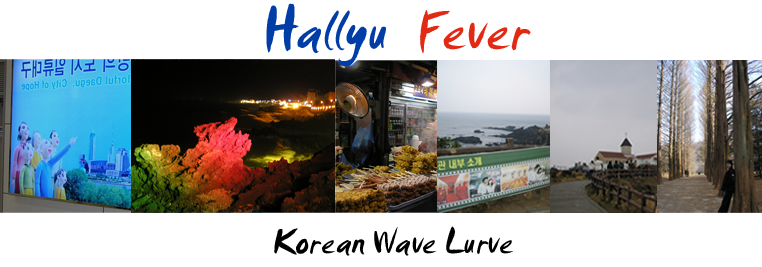Tuesday, September 29, 2009
Winter Sonata Anime
Sunday, September 27, 2009
Taste of Nature, Heart of Sharing
Wednesday, September 23, 2009
The beauty of autumn
Tuesday, September 22, 2009
Yeongam County will host F1
Sunday, September 20, 2009
Galbi will hit the Emmy Awards
Friday, September 18, 2009
Dine and Win
Monday, September 14, 2009
Cherry Blossom
Friday, September 11, 2009
Cookin' Nanta
The most-anticipated and favorite show of the day was Cookin' Nanta, a non verbal performance playing traditional drumming beats with kitchen background and using kitchen appliances such knifes and chopping blocks, portraying kitchen staffs and their manager cooking for a banquet in a funny comedy routines. They started their first performance in October 1997 and made its international debut in 1999 at the Edinburg Fringe Festival then opened a long term performance in Broadway New York in February 2004. Since the show is a totally universal nonverbal performance and presented through music and motions, there is no language barrier, Nanta can be enjoyed by people from all around the world. Nanta has been voted as one of '10 most famous tourist attraction in Seoul' by Korean Tourist Service.
Stalking the performers behind the stage, I was very happy when got the chance to take picture with all of the performers :) Looking forward for this year's Korea Festival in Sydney!
Nanta performance during Korea Sparkling Festival 2008 in Sydney




















